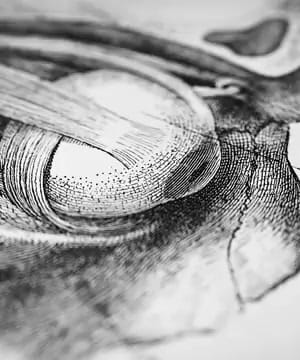Male & Female fertility
Sources:
provides a detailed analysis of both male and female fertility on the . Here are some key insights:
Female Fertility
- The fertility process involves the elimination of half of the chromosomal pairs in the egg, allowing it to pair physically with the sperm, which contains 23 chromosomes from the male. This fusion creates a developing embryo 1.
- Women should get their antral follicle count (indirect measure of egg reserve) and Anti-Müllerian Hormone (AMH) levels checked to gauge fertility 2.
- Interventions such as exercise, L-carnitine, and reducing stress can enhance egg quality and mitochondrial function, playing a critical role in fertility and reproductive health 3.
Male Fertility
- Male factors contribute to one in five cases of fertility issues in couples, often due to sperm quality rather than quantity. Sperm analysis, including DNA fragmentation tests, can reveal issues not apparent from sperm count alone 2.
- Mitochondrial health in sperm is essential for fertility, affecting sperm's motility and morphology 4.
- Supplements like zinc and Shilajit might improve sperm quality and hormone levels 5.
General Fertility Advice
- Regular monitoring of hormonal levels, including testosterone and estrogen, can help track fertility and overall health 6.
- Regular duration of ovulatory cycles increases the likelihood of successful fertilization, and timing intercourse around ovulation can be beneficial 4.
- suggests the value of understanding fertility not only for conception purposes but also as an indicator of overall health and vitality 7.
For deeper understanding and specific actionable steps to improve fertility, it's recommended to listen to the full discussion on the .
RELATED QUESTIONS






